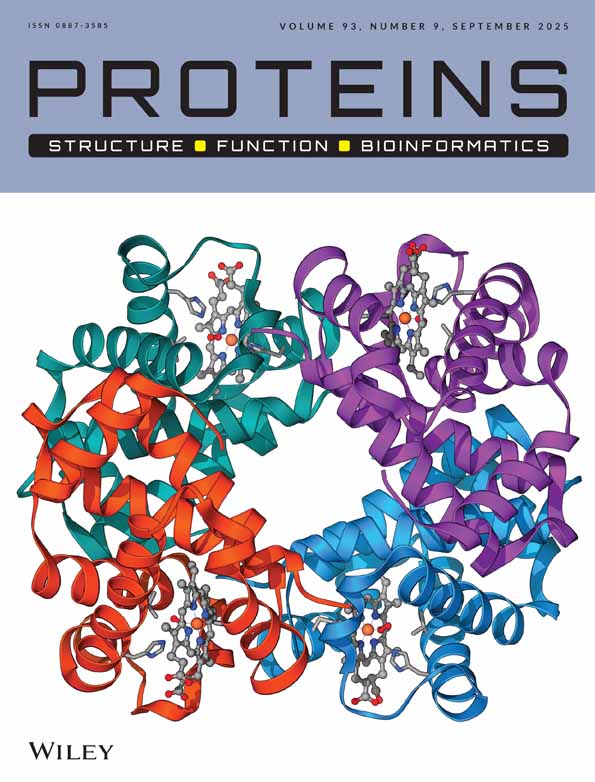Prediction of folding pathway and kinetics among plant hemoglobins using an average distance map method
Abstract
Computational methods, such as the ADM (average distance map) method, have been developed to predict folding of homologous proteins. In this work we used the ADM method to predict the folding pathway and kinetics among selected plant nonsymbiotic (nsHb), symbiotic (Lb), and truncated (tHb) hemoglobins (Hbs). Results predicted that (1) folding of plant Hbs occurs throughout the formation of compact folding modules mostly formed by helices A, B, and C, and E, F, G, and H (folding modules A/C and E/H, respectively), and (2) primitive (moss) nsHbs fold in the C→N direction, evolved (monocot and dicot) nsHbs fold either in the C→N or N→C direction, and Lbs and plant tHbs fold in the C→N direction. We also predicted relative folding rates of plant Hbs from qualitative analyses of the stability of subdomains and classified plant Hbs into fast and moderate folding. ADM analysis of nsHbs predicted that prehelix A plays a role during folding of the N-terminal domain of Ceratodon nsHb, and that CD-loop plays a role in folding of primitive (Physcomitrella and Ceratodon) but not evolved nsHbs. Modeling of the rice Hb1 A/C and E/H modules showed that module E/H overlaps to the Mycobacterium tuberculosis HbO two-on-two folding. This observation suggests that module E/H is an ancient tertiary structure in plant Hbs. Proteins 2005. © 2005 Wiley-Liss, Inc.




